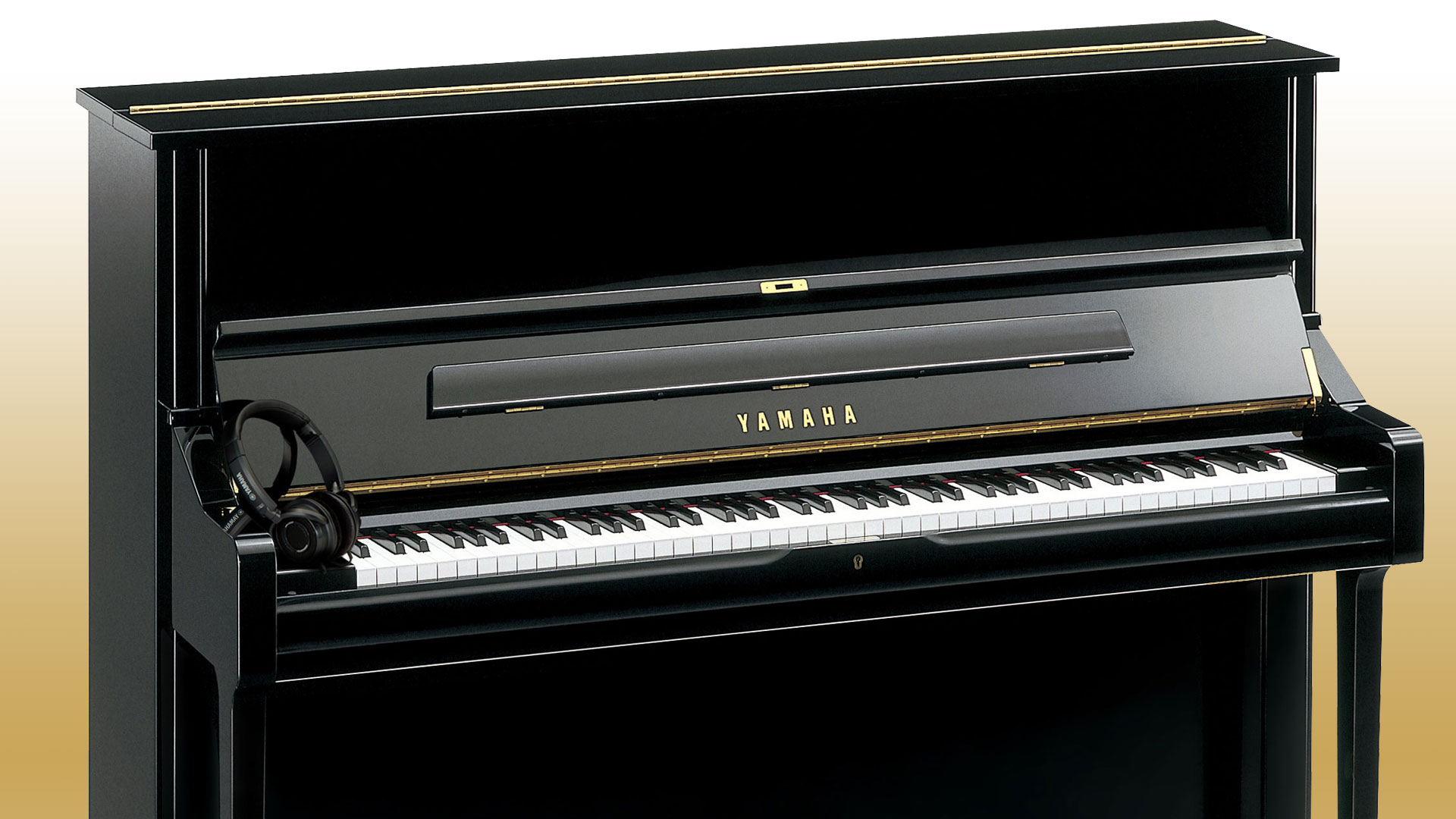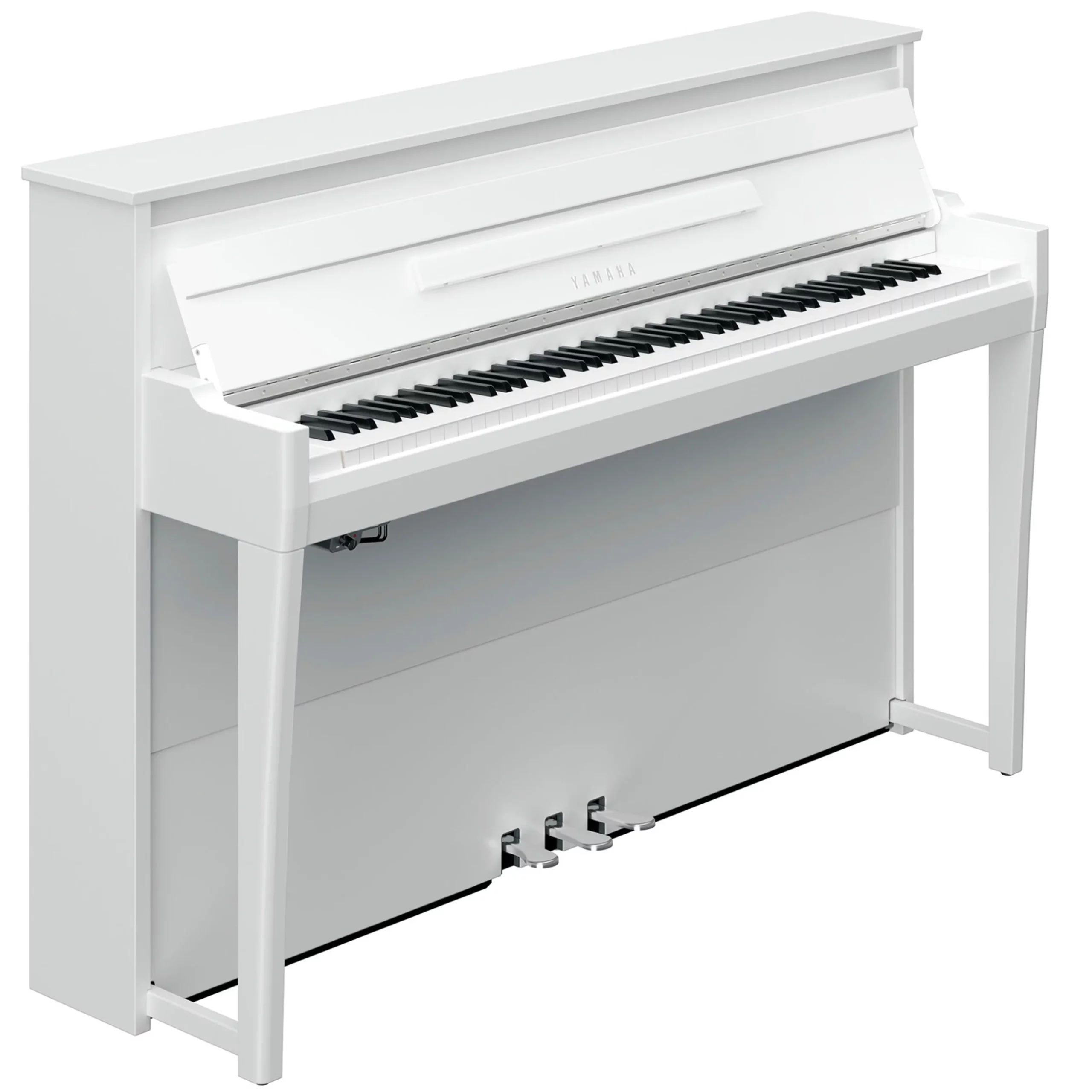Want to master jazz piano like a pro? As someone who has been studying and researching this topic for years, I know how daunting it can be to learn a new instrument, especially one as complex as jazz piano. But fear not! In this article, I’ll share with you 5 essential tips that will help you on your journey to becoming a skilled jazz pianist. From understanding the fundamentals of jazz theory to practicing those challenging chords, we’ve got you covered. So whether you’re a complete beginner or looking to improve your current skills, let’s dive into these expert tips together and unleash your inner jazz musician!
So, how to learn jazz piano?
Learning jazz piano can be a challenging but rewarding experience. Here are 5 essential tips for beginners to help you get started on your journey to becoming a pro:
1. Start with the basics: Before diving into complex chords and scales, it’s important to have a strong foundation in music theory and basic piano techniques. This will give you a solid understanding of how music works and make learning more advanced concepts easier.
2. Listen to jazz music: Immerse yourself in the world of jazz by listening to different artists and styles. Pay attention to the rhythms, melodies, and improvisation techniques used in their playing. This will not only inspire you but also help develop your musical ear.
3. Practice regularly: Consistency is key when it comes to learning any instrument. Set aside dedicated practice time each day or week, even if it’s just for 15-20 minutes at first. As you progress, increase your practice time accordingly.
4. Learn from others: Seek out opportunities to learn from experienced jazz pianists through lessons or workshops. They can provide valuable insights and feedback that will help improve your skills.
5. Be patient with yourself: Learning jazz piano takes time and effort, so don’t get discouraged if progress feels slow at times. Stay motivated by setting achievable goals for yourself and celebrating small victories along the way.
By following these tips, you’ll be well on your way to mastering the art of jazz piano like a pro! Remember that consistency, dedication, and patience are key ingredients for success in any musical pursuit.
Understanding the Fundamentals of Jazz Theory
When we delve into the realm of Jazz Theory, we’re stepping into a world rich with rhythm and melody. Think about jazz like a conversation between musicians, full of spontaneity and emotion. The fundamentals start with knowing your 12-note chromatic scale inside out. Imagine it as a colour wheel; each note is a different hue used to paint musical landscapes. Its essence lies in improvisation, where you can play around the notes, bending them to express an array of feelings – from joyous bounce to profound melancholy.
Now let’s take our exploration deeper! Jazz harmony is another cornerstone that needs mastering – it gives jazz its unique flavour.
- The use of extended chords (7ths, 9ths, 11ths and so on) adds complexity while creating tension or resolution.
- Then there’s modal playing which leverages modes instead of standard major-minor scales for improvising solos.
- Jazz theory also engages ‘Call & Response’, where one instrument (or group) plays a phrase and another echoes back – adding depth to the musical dialogue.
Moving beyond these basics: exploring more complex aspects like chord substitution and altered scales will further enhance your comprehension of this vibrant genre.
Journeying through the intricacies of jazz theory might seem daunting at first but remember: at its heart, Jazz is all about expressing yourself freely through music– just keep those creative juices flowing!
The Importance of Learning and Practicing Jazz Scales
Learning and Practicing Jazz Scales
When it comes to the world of jazz, the importance of mastering scales cannot be overstated. Jazz scales are like the painter’s palette; they provide an array of harmonic colors that a musician can use to paint their melodic masterpiece. As with any art form, you must first learn your tools before you can create something truly unique and captivating.
Imagine trying to solve a puzzle without all the pieces. It would be frustrating, right? That’s what playing jazz is like without understanding its scales. Each scale is a piece of the larger musical puzzle that makes up each melody, chord progression, and solo in jazz music.
- The Major Scale: Known as “the mother scale”, this seven-note sequence forms the backbone for many other important jazz scales.
- The Blues Scale: This six-note scale carries with it a rich history rooted in African American folk music traditions.
- The Dorian Mode: A favorite among many famous saxophonists due to its inherently soulful sound.
By practicing these scales regularly, one begins to grasp how melodies are constructed within complex songs—like decoding a secret language! Not only does it enhance technical skills but also fosters creativity by offering numerous options for improvisation—a key element in jazz performance.
Read also: how to learn jazz piano
Mastering Challenging Jazz Piano Chords: A Step by Step Guide
So, you want to bring your piano playing skills up a notch and dive into the thrilling world of jazz? We’re here to help! The first step is understanding that jazz piano chords are like an exciting puzzle with layers of complex but beautiful sounds. They are much more sophisticated than your standard pop or rock chords, bringing together unique blends of 7ths, 9ths, 11ths and even sometimes those tricky 13ths. But don’t let these numbers scare you off – it’s all about breaking down each element.
- The Maj7 chord:
This is typically the first stop on a jazz pianist’s journey. It includes the root note (the base), major third (a happy sounding interval), perfect fifth (a stable sort of sound) and a major seventh (just one half-step from our root).
- The Dom7 chord:
Next comes the Dominant Seventh Chord which has similar elements as above but with a minor seventh instead – giving it that bluesy edge.
- The min7 chord:
Then there’s the Minor Seventh Chord where both third and seventh notes go minor making for a moody yet rich sound.
Once you’ve got these foundational chords under your fingertips, it’s time to delve deeper into understanding how they interact in formulating cool jazz progressions. Herein lies one secret worth noting – there aren’t any hard-set rules in jazz! At times it’s dissonant; at others harmonious; sometimes predictable then suddenly surprising. Freedom is key in this genre – whether experimenting with melodic improvisation over familiar songs or venturing into abstract sonic landscapes hinged upon nuanced chord progressions.
- 2-5-1 Progression:
A staple in jazz music is the 2-5-1 progression, it’s like a secret handshake among jazz musicians! Moving from a minor chord (the 2), to dominant (the 5) and finally resolving on major (the 1).
- Upper Structure Triads:
Then there are upper structure triads – these add flavour to your chords by piling more notes onto them, without causing discord.
Mastering challenging jazz piano chords doesn’t happen overnight but with diligent practice, passion for exploration and an open mind ready for musical adventure, you’ll soon be twisting fingers around those ebony and ivory keys in true jazzy style!
Incorporating Improvisation into Your Jazz Piano Practice Routine
Incorporating improvisation into your jazz piano practice routine can be a game-changer when it comes to mastering this dynamic genre. Indeed, few things will stretch your musicianship like learning to play off the cuff, where every note becomes a fresh canvas for expressing your personal style and emotions. This doesn’t mean that you simply start hitting keys at random; there’s an art and science behind effective improvisation with each key press being intentional.
Begin by exploring different scales. You might already be familiar with common ones such as major and minor scales, but in the world of jazz, blues scale or dorian mode rule the roost! Try practicing these new scales up and down the keyboard until they become second nature. Next would be dive into variations: pick one chord or sequence, then try creating varied rhythmic patterns around them. They could emphasize syncopated rhythms or even dotted notes for added flair.
In addition to these technical exercises, remember that improvisation is all about freedom of expression. One way to cultivate this is by mindfully listening to classic jazz recordings; tune into how greats like Miles Davis or John Coltrane skillfully weave their melodic threads through complex harmonic tapestries. Let their music inspire you – don’t merely mimic them but absorb their creative essence.
- Pick up pieces:
Use any piece you’re currently working on as a basis for improv sessions—try adding some extra notes here or changing rhythm over there.
- Solo time:
Set aside part of each practice session specifically for improv: no sheet music allowed!
- Jam Sessions:
Join local jam sessions if possible; they are invaluable playgrounds where one learns from other musicians – sharing ideas & perceptions.
In the grand scheme of things, incorporating improvisation into your jazz piano practice routine is about giving yourself permission to experiment and take musical risks. It’s an exciting journey with no end, as you continue to grow and evolve as a musician.
You may also like: yamaha disklavier piano extended pedal
Listening and Studying Great Jazz Musicians for Inspiration and Understanding
The allure of jazz is found not just in the compelling rhythm and expressive melodies, but also in the sense of freedom and creativity it exudes. Great jazz musicians have a unique knack for turning simple moments into passionate performances. When you listen to these maestros, their music can feel like an intimate conversation; one that’s poignant, thought-provoking yet so effortless. For aspiring jazz artists or even seasoned veterans seeking inspiration, immersing oneself in the work of acclaimed jazz musicians can be incredibly enlightening.
Taking time to study these luminaries goes beyond simply appreciating their musical prowess – it offers profound insights into their approach towards crafting distinct sounds and narratives.
- Duke Ellington’s deft exploration of harmony,
- Miles Davis’ minimalist style juxtaposed with emotional depth,
- Ella Fitzgerald’s astounding vocal improvisations known as scatting,
– each one presents an intriguing perspective on how to perceive and shape music. Deconstructing these elements provides clarity around influential techniques which can then be adapted to your own repertoire. As you weave this understanding into your music-making process, you’ll find yourself growing not only as a musician but also as an artist who contributes uniquely to the rich tapestry that is Jazz.
Conclusion: Overcoming Challenges in Learning Jazz Piano.
Learning to play jazz piano can often feel like trying to tame a wild, enchanting beast. It’s complex and wonderful, filled with countless intricacies that set it apart from other music genres. The journey is filled with challenges such as understanding swing rhythm, improvisation, and mastering the art of playing by ear. However tough these obstacles may seem at first glance, they’re surmountable if you approach them courageously. Overcoming these hurdles is not only achievable but also incredibly rewarding.
The key lies in patience and committed practice. When you stumble across a tricky beat or chord progression that eludes your grasp, take a deep breath. Break down the problem into smaller parts – piece by piece until it no longer intimidates you. For instance:
- Swing rhythm: Start slow and gradually pick up speed as your comfort grows.
- Improvisation: Begin with simple melodies then add complexity over time.
- Ears training:: Practice daily exercises for interval recognition or transcribe short phrases from songs by ear.
In the end persistence becomes your closest ally. Remember each challenge presents an opportunity for growth; making mistakes isn’t failure—it’s proof that you’re pushing your abilities to their limits which ultimately leads to progress in learning jazz piano.


